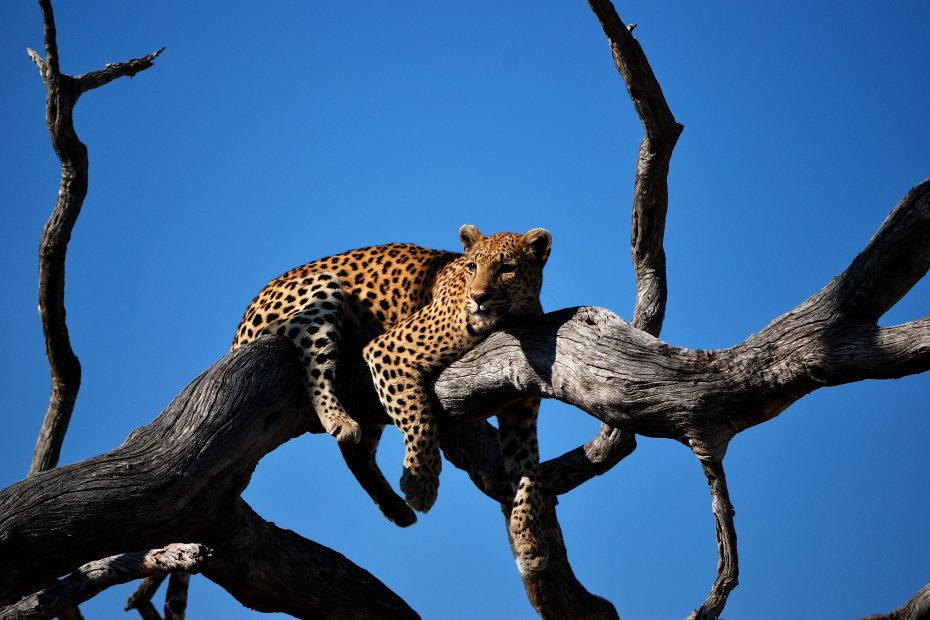Table of Contents
Introduction
Botswana is a landlocked country in Southern Africa known for its wildlife reserves, national parks, and the Okavango Delta. But beyond its magnificent natural scenery and abundant wildlife, Botswana also possesses a rich and diverse cultural heritage spanning its various ethnic groups. From languages and cuisine to music, arts, architecture and clothing, Botswana’s culture is an eclectic mix of traditions that provide a unique identity to this modern African nation.
In this article, we explore the different facets that make up Botswana’s cultural fabric. By highlighting the key cultural aspects, we aim to provide a glimpse into the country’s vibrant heritage that perseveres today despite rapid modernization. Understanding Botswana’s culture is key to truly appreciating the diversity of Africa.
Main Cultural Aspects
Languages
The main language spoken in Botswana is Setswana, a Bantu language part of the Niger-Congo family. It is spoken by over 70% of the population as either a first or second language. Setswana acts as the unifying language to bridge the country’s various ethnic groups.
Botswana is also home to over 28 minority languages, including Ikalanga, Sekgalagadi, Herero and San. Many minority groups continue efforts to preserve their native tongues despite the dominance of Setswana.
Cuisine
Botswana cuisine relies on staple foods like sorghum, maize, millet and beans. Beef is also hugely popular, given the abundance of cattle farms across the country.
Some iconic dishes include seswaa, shredded beef slow cooked with herbs and spices. Another famous meat stew is serobe, made with chicken, potatoes and vegetables. Bogobe is a porridge made from sorghum or maize that is eaten daily. Chakalaka is a spicy relish that often accompanies bogobe.
Music and Dance
Folk music and dance play an integral role in Botswana culture. Traditional instruments like the setinkane (a homemade guitar) and segaba (bow instrument) accompany vibrant singing and rhythmic dance movements.
The banjo-like instrument called makolotolo is unique to cattle herders in Botswana. It is often played while herders sing “cattle praise” songs to soothe the animals.
Popular modern dance styles include borankana, an energetic dance performed during celebrations, and setapa, which mimics the trotting of horses.
Arts and Crafts
Botswana has a long artistic tradition reflected in its handicrafts and visual arts. Intricate basket weaving using dyed sisal and palm leaves is a well-known handicraft. Wood carvings of animals and human figures are also common.
Master beaders produce exquisite jewelry and home decorations made from colorful glass beads. Pottery is another art form, like the engraved pots of the Zulu and Tswapong tribes.
Painting is a more modern development, as seen in the works of artists like Joseph Manana and Shirley Purdies. Their paintings depict Botswana culture using vibrant colors and abstract figures.
Architecture
Traditional homes called lolwapa feature round structures made of wooden poles covered with mud. The cone-shaped grass roofs represent cattle horns, an important livestock in Batswana culture.
Modern architecture merges traditional and colonial influences. Contemporary buildings may blend thatched roofs with Western-style brick walls and doors. Gaborone’s glass skyscrapers now dot the skyline alongside older structures.
Clothing and Fashion
In rural areas, many people still wear traditional attire like the seanamarena dress for women and lephai wraparound cloth for men. Women accessorize with colorful beaded necklaces and headdresses. Modern urban fashion includes Western clothing, though some national dresses are worn for cultural events.
The shweshwe fabric, introduced by European settlers, is commonly incorporated into modern Batswana fashion. Stylish shirts, skirts, and dresses feature the printed, colorful shweshwe fabric as a nod to tradition.
Challenges and Efforts to Preserve Culture
Like most African countries, Botswana faces the inevitable tide of modernization and Western influences that impact traditional culture. Increased urban migration and a growing middle class have accelerated the shift toward modern lifestyles.
Efforts are being made to raise awareness of Botswana’s cultural heritage, especially among youths. Organizations like the Botswana Tourism Organization promote arts, crafts and music to boost cultural tourism. Cultural villages and museums showcase performing arts and crafts. National festivals like the Botswana Traditional Music Festival and President’s Day competitions foster civic pride and cultural preservation.
More initiatives are still needed to document and revitalize endangered indigenous knowledge before it risks disappearing. But the pride Batswana have for their multifaceted culture continues to endure.
Conclusion
Botswana possesses a rich cultural heritage that permeates daily life, from food and music to arts, clothing and language. This vibrant culture provides unity and identity to Botswana’s diverse ethnic groups, representing an integral part of their history and national pride.
While modernization threatens the erosion of traditional practices, efforts are underway to promote awareness of Botswana’s living culture. From urban performances to village handicrafts, Botswana’s culture perseveres as both a colorful relic of the past and a dynamic facet of the present. Respecting and preserving this heritage is key to safeguarding Botswana’s cultural diversity.
FAQs
What are the main languages spoken in Botswana?
The main language is Setswana, spoken by over 70% of the population. There are also over 28 minority languages like Ikalanga, Sekgalagadi, Herero and San.
What are some iconic dishes in Botswana cuisine?
Popular dishes include seswaa (shredded beef stew), serobe (chicken and vegetable stew), bogobe (porridge), and chakalaka (spicy relish).
What are some traditional musical instruments in Botswana?
Instruments include the setinkane (homemade guitar), segaba (bow instrument), and makolotolo (banjo-like herder’s instrument).
What handicrafts is Botswana known for?
Botswana is renowned for its basket weaving, intricate beadwork, wood carvings, and pottery making.
How does modern Batswana fashion incorporate traditional elements?
The shweshwe fabric is widely used in modern fashion. Traditional dresses like seanamarena and lephai are still worn in rural areas.
